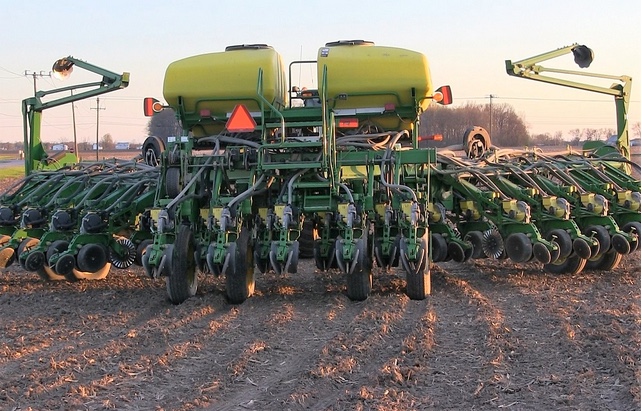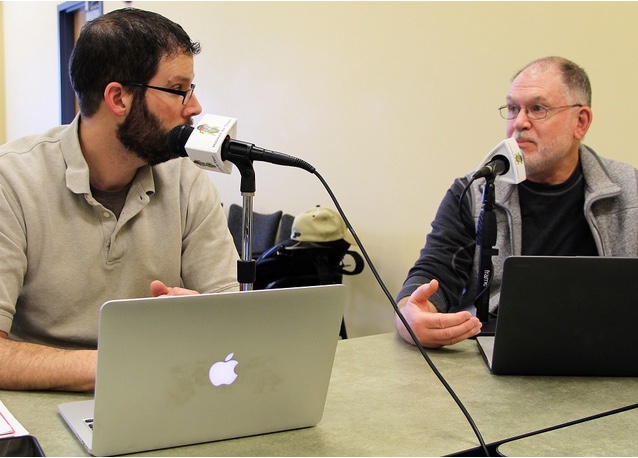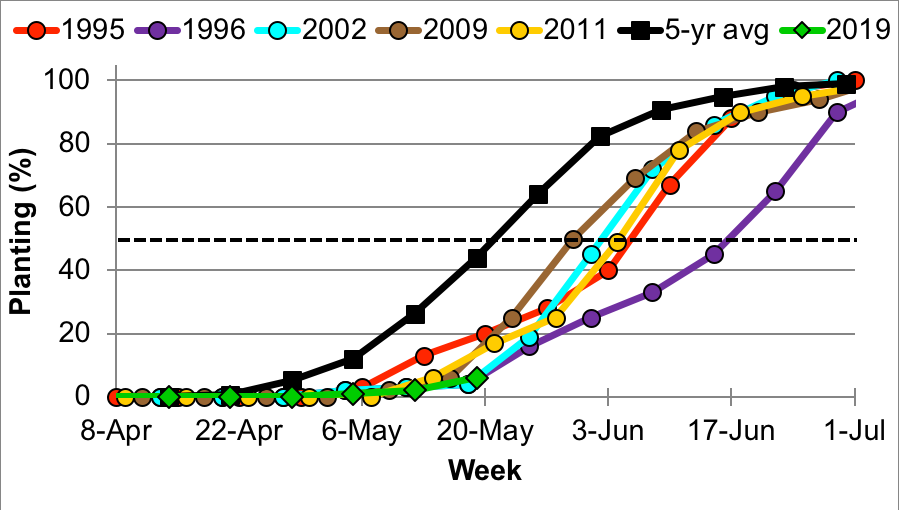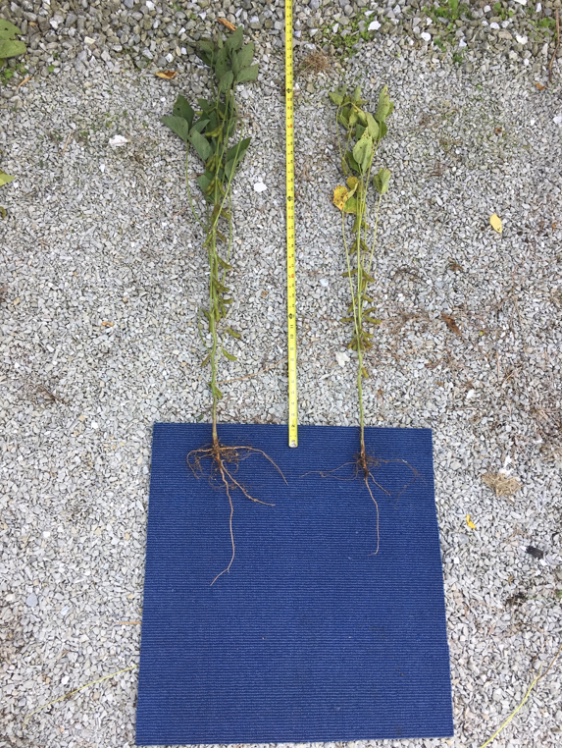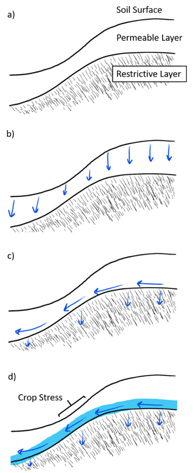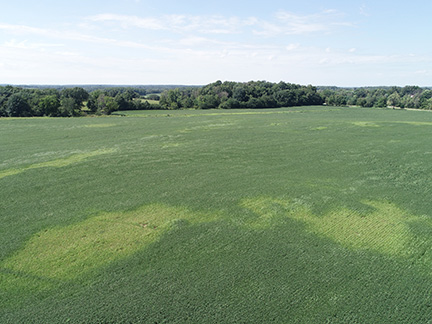
In the latest Purdue Crop Chat Podcast, Extension Corn Specialist Bob Nielsen and Extension Soybean Specialist Shaun Casteel review the September USDA Crop Production Report and discuss if Indiana has the potential to reach USDA’s projections based on a very dry August and September.



